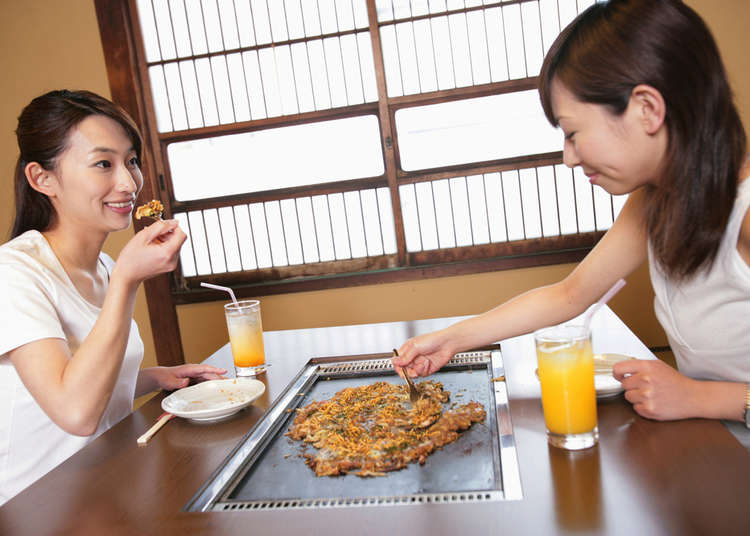
The Kanto region of eastern Japan is home to Japan’s metropolitan capital, Tokyo, as well as six other prefectures—Kanagawa, Saitama, Chiba, Ibaraki, Gunma, and Tochigi, each with their own delicious and distinct kinds of food. Kanto cuisine is known for being more strongly flavored than food from the Kansai region of western Japan but is just as delicious. As the most populated region in Japan, with over 42 million people gathered from regions all over Japan, food from Kanto appeals to a wide variety of people. Many of these popular local dishes originated during the Edo period when Kanto became the center of modern development in Japan. Here are 10 dishes that explore the various tastes that can be found in the Kanto region.
1. Monjayaki (Tokyo)
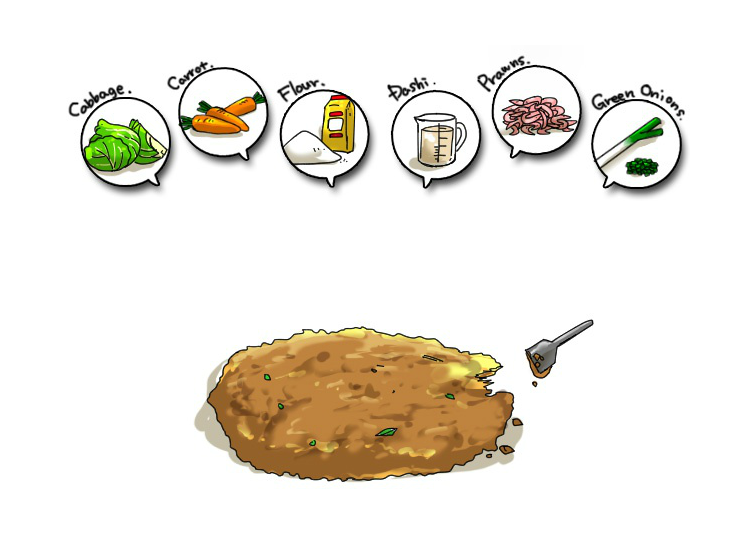
Many people may be familiar with the savory pancake-like dish from western Japan called okonomiyaki, but did you know that the Kanto region has its own, unique equivalent called “monjayaki”? Just like okonomiyaki, ingredients like cabbage, carrots, prawns, squid, and corn are used, but in the case of monjayaki, the ingredients are spread onto an open grill formed into a ring with an open center. The runny batter is poured into this open space and cooked with tiny metal spatulas. Once the batter and ingredients are ready to eat, these same spatulas are used to scoop up and eat it. It’s a salty fried dish that’s especially fun to eat in a group. In most restaurants, the customers are given a bowl with the ingredients and they are to cook the monjayaki themselves. If you’re going for the first time, it might be nice to bring along a Japanese friend or someone who has cooked it before so you learn how to do it properly. Learning the best way to cook monjayaki is a fun part of the experience. The Asakusa area near the Kaminari gate is especially famous for monjayaki so it might be a good place to start!
2. Yuba (Tochigi)

Yuba is a thin beancurd skin collected from the surface of soy milk during the tofu-making process. It can be served raw or cooked and has a delicate flavor with a light soybean taste. The texture of raw yuba is sometimes compared to mozzarella cheese, while dried yuba has a slightly chewy texture and is typically fried, boiled, or served in soup. Nikko is a particularly popular place to eat yuba, as you can try it in all kinds of local delicacies, from fried yuba croquettes to yuba ramen and soba, and even yuba ice cream!
3. Yaki Manju (Gumna)
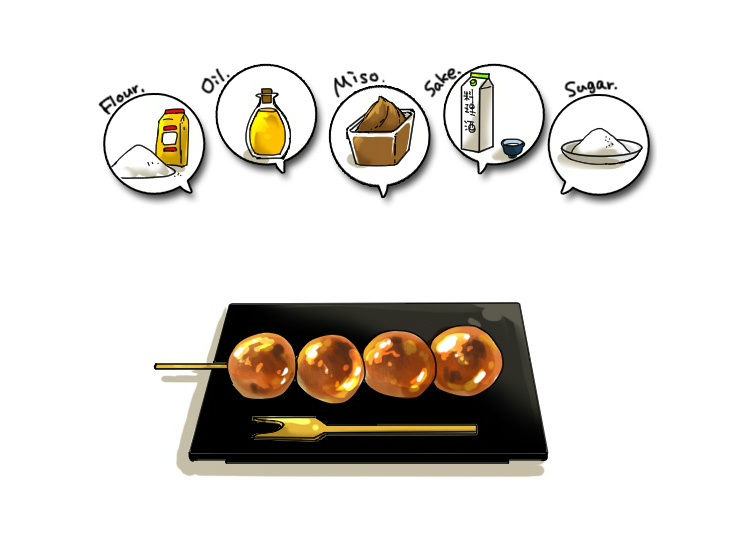
Manju is a traditional Japanese sweet consisting of steamed dough filled with anko (sweet red bean—not monkfish!) paste. It originated in China and has been produced in Gunma for many generations, where there is a special tradition of roasting plain steamed manju to make yaki manju. The steamed manju are basted in a spicy, yet sweet miso sauce as they’re roasted over a charcoal flame, giving them a fluffy texture and enticing aroma. If you’re ever in the Guma area, be sure to give these a go.
4. Namero (Chiba)
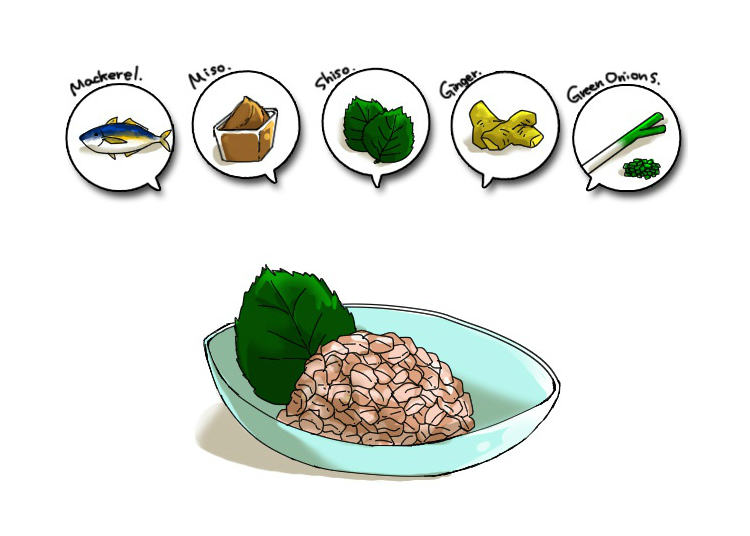
A traditional fisherman’s dish from Chiba prefecture, namero is roughly chopped fish mixed with ginger, miso, green onion, vinegar, and other condiments. The dish is said to be named after the Japanese word “nameru”, meaning “to lick”, because it’s so delicious that you’ll want to lick your plate clean. The condiments help neutralize any strong fishy odors, which makes namero a good option for those who don’t like to eat sashimi or other raw fish. Namero can also be fried and eaten with fresh perilla herbs, or it can be served on top of rice with green tea poured over in a traditional dish called “ochazuke”. If you haven’t tried this already, it’s time to see for yourself just how finger-licking good it is.
5. Yokosuka Kaigun Curry (Kanagawa)
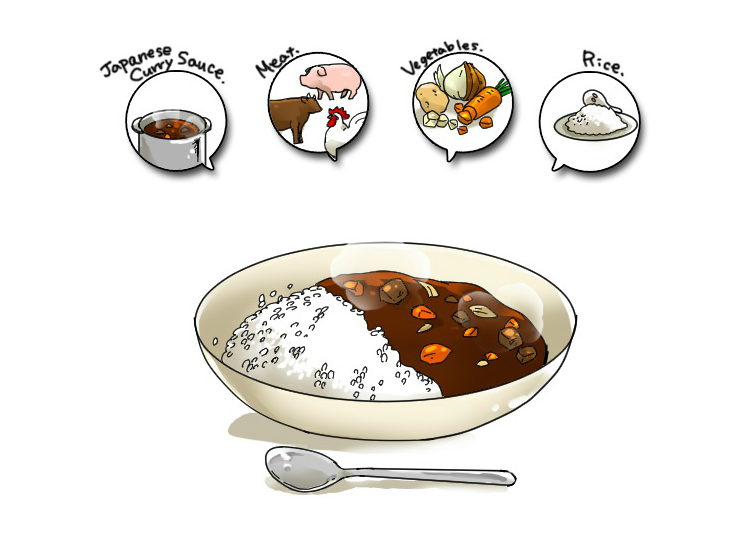
Yokosuka city in Kanagawa is famous for its curry culture, as well as for being the former home of the Japanese Imperial Navy, or kaigun. Traditionally, Friday was curry rice day for navy soldiers and thus the meal became a delicacy in the area of Yokosuka. Today, Yokosuka is home to the Japan Maritime Self-Defense Force, which still maintains the tradition of eating “kaigun curry” every week on Friday. Japanese curry has a sweet flavor and a stew-like texture that’s less spicy and very different from rich tangy and creamy Indian curries or fresh and spicy East Asian curries. Kaigun curry is eaten with short-grained rice and Japanese pickles. Curry-lovers, this is a curry you don’t want to pass up.
6. Gyoda Zeri Furai (Saitama)
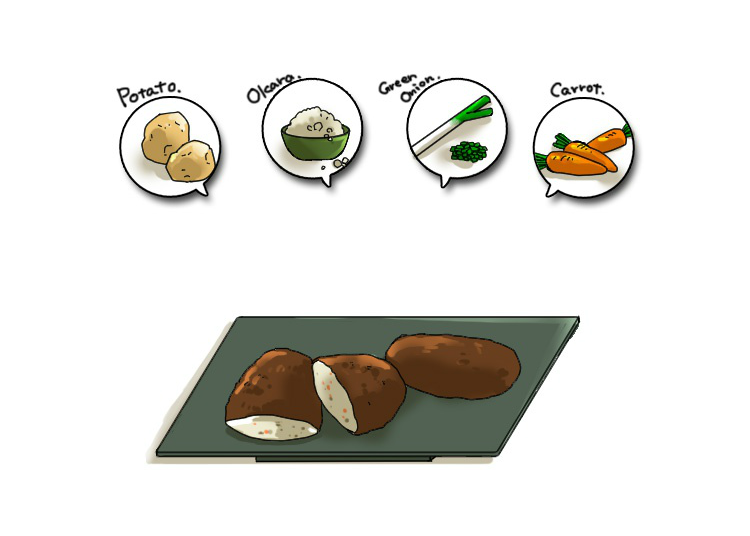
Zeri Furai (“Jelly Fry”) is a fried food from the city of Gyoda in Saitama prefecture that, despite the name, has nothing to do with jelly. It’s a croquette made from steamed potato, okara (soybean pulp that’s a byproduct of the tofu-making process), diced green onion and carrot, mixed together and molded into an oval-shaped patty. The patty is deep fried and dipped in Worcestershire sauce. While zeri furai is not well known outside of Saitama, there are many small shops around Gyoda city specializing in this deep-fried treat. Definitely worth a try if you find yourself visiting Saitama.
7. Anko Nabe (Ibaraki)
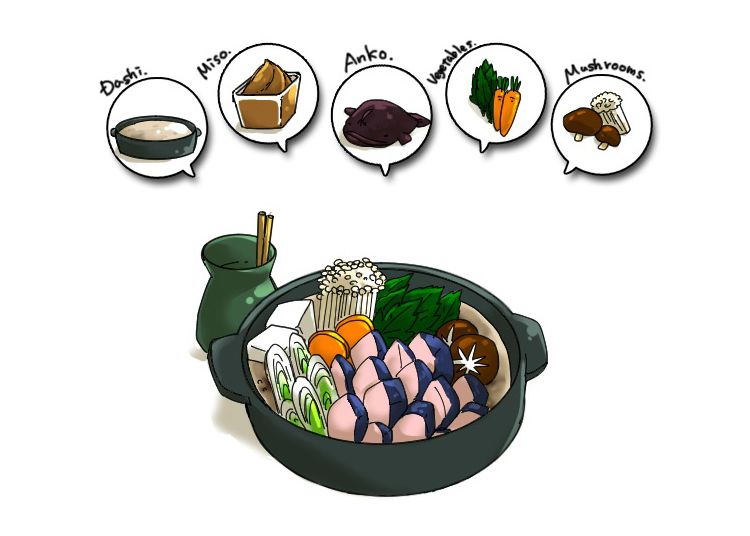
Anko nabe is a winter delicacy from Ibaraki prefecture that consists of anko (monkfish or anglerfish) in a hot pot stew. Anko is a type of deep sea fish caught off the coast of Ibaraki that must be extremely fresh in order to eat. For this reason, before modern refrigeration techniques were available, anko nabe was a delicacy that people in Japan could only enjoy in Ibaraki prefecture. Ankimo, or monkfish liver, is also highly prized and gets frequently compared to foie gras. Though more easily accessible than the past, this meal is still quite the treat.
8. Fukagawa Meshi (Tokyo)
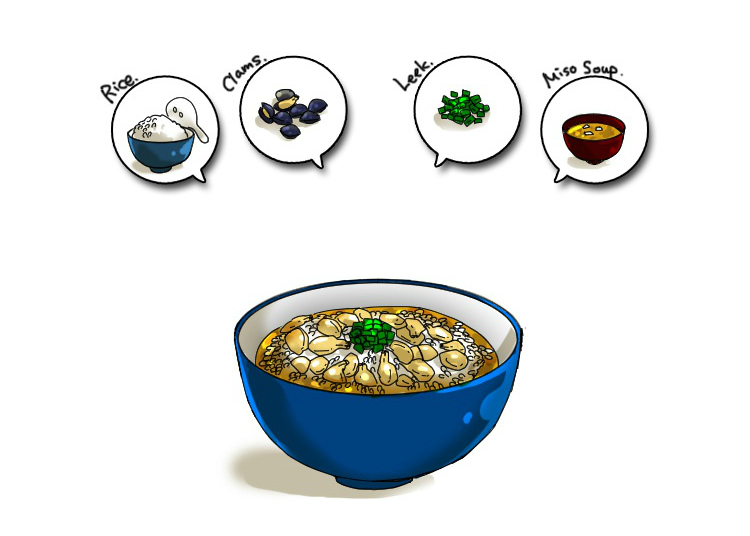
Fukagawa meshi is a spring dish of fat clams and leeks cooked in a rich miso broth and served over rice. It’s a dish that originated during the Edo period in the Fukagawa area of Tokyo, where a bustling fishing and clam harvesting trade sprung up at the mouth of the Sumida River. If you walk around Fukugawa today, you can find a few local restaurants serving home-cooked versions of this dish. You can also enjoy the old town atmosphere of the neighborhood and may even spot a sumo wrestler or two as there are several sumo training stables nearby so it’s worth the visit.
9. Gokabo (Saitama)

A simple yet elegant sweet made from toasted soybean flour, gokabo is one of the top three snacks of Saitama Prefecture. It’s handmade by local patissiers who roll glutinous white rice in sweet kinako soybean flour to form a small, cylindrical rice cake. The rolls are cut and stacked in a pyramid shape. A perfect snack to recover energy during your travels.
10. Hiyajiru Udon (Saitama)
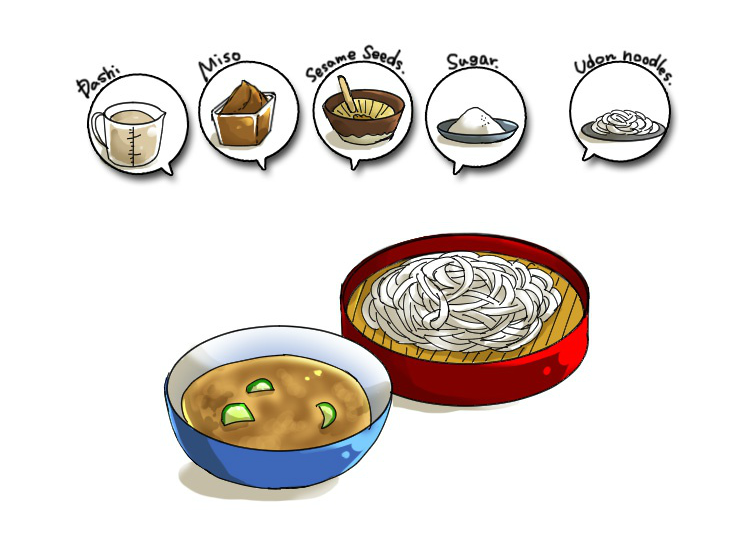
Hiyajiru udon is a type of traditional flour noodle prepared with local ingredients. It’s so popular in the Saitama area that for many people it replaces rice as their daily starch, especially during the summertime. You can enjoy cold hiyajiru udon noodles by dipping them into a soup of dashi broth, miso paste, and sesame seeds. It’s a refreshing summer dish that tastes great with thinly sliced cucumber.
Make Monjayaki, Namero and Other Food of the Kanto Region Part of Your Unique Japanese Food Experiences!
The Kanto region has a wide variety of delicious foods that vary from prefecture to prefecture. Take some time out of your busy trip to the metropolitan area of Tokyo to try some of the foods made famous by the area. For your next visit to Tokyo and the surrounding Kanto area, be sure to check out our list of restaurants offering these tasty regional foods. Itadakimasu!
- Category
*Prices and options mentioned are subject to change.
*Unless stated otherwise, all prices include tax.
Limited time offer: 10% discount coupons available now!
Recommended places for you
-
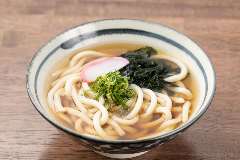
UDONNISHIMURA
Other Japanese Food
Shinsekai, Tennouji, Tsuruhashi
-
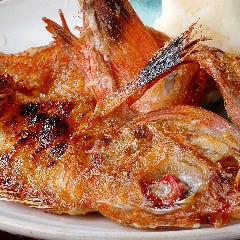
Jiraiya
Other Japanese Food
Sendai And Matsushima
-
Appealing
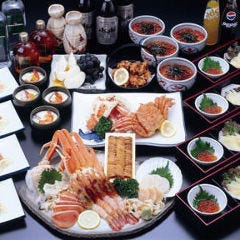
Rukku and Uohei
Izakaya
Sapporo / Chitose
-

Wasui Yaesuten
Other Japanese Food
Tokyo Station
-
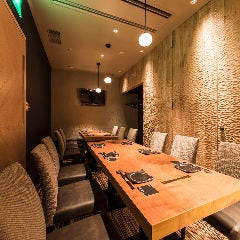
SUN Osakaten
Other Japanese Food
Umeda, Osaka Station, Kitashinchi
-
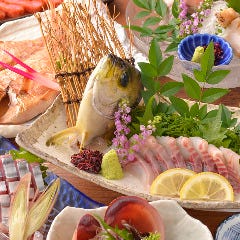
Momotaro Uenoten
Other Japanese Food
Ueno
-

Opened in Spring 2024! What to do at Tokyu Plaza Harajuku Harakado
-

A Complete Guide to the JR West Kansai Area Pass
-

15 Must-Try Sushi Restaurants in Tokyo (+5 Trending Areas to Explore for Foodies)
-

The CASIO S100: How CASIO's Masterpiece Calculator Redefines Business Elegance With Japan-Made Reliability
-

12 Unique & Fun Tokyo Food Tours to Enjoy in 2024
-

Step Into the Story: Inside Immersive Fort Tokyo
-
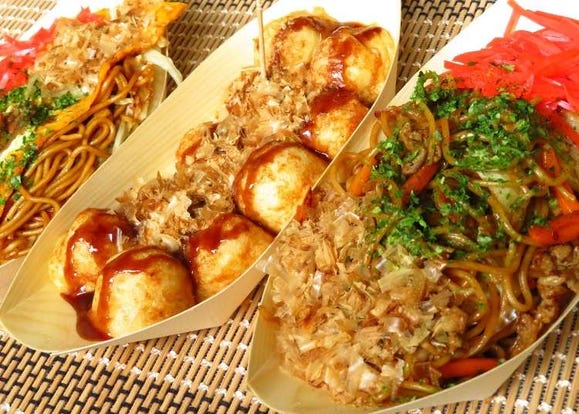
Best Summer Street Foods You May Like to Try (And Ones Foreign Visitors Skipped Over)
-
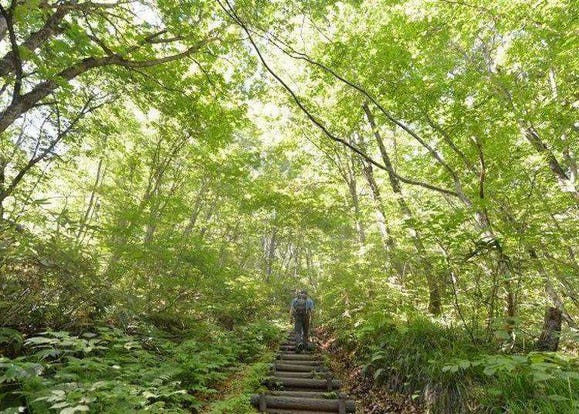
Shirakami-Sanchi Guide: Hiking in Japan's Intense & Untouched Beech Forest (Aomori)
-
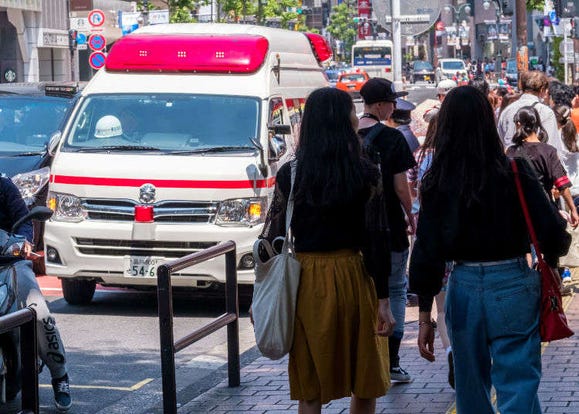
Healthcare in Japan for Tourists: What to Do When You Get Sick or Injured in Japan
-
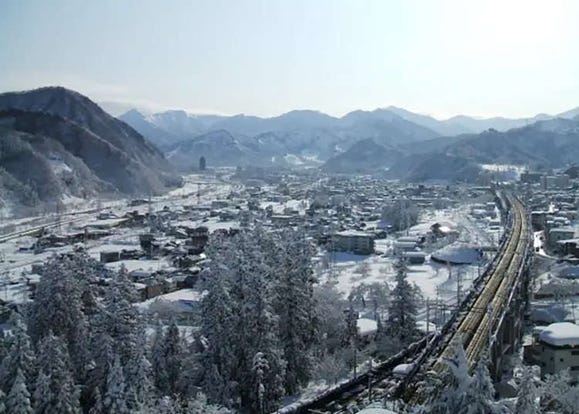
Takahan Ryokan: Enjoy Spectacular Hot Spring Views at Yuzawa's Premier Traditional Inn!
-

Kobe Food: Top 7 Delicacies from Hyogo, the Land of Gourmet
-
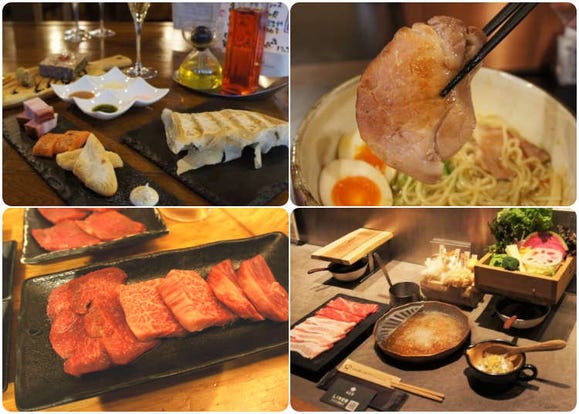
Solo Traveling: Enjoying a Tasty Night Out in Tokyo!
- #best sushi japan
- #what to do in odaiba
- #what to bring to japan
- #new years in tokyo
- #best ramen japan
- #what to buy in ameyoko
- #japanese nail trends
- #things to do japan
- #onsen tattoo friendly tokyo
- #daiso
- #best coffee japan
- #best japanese soft drinks
- #best yakiniku japan
- #japanese fashion culture
- #japanese convenience store snacks












